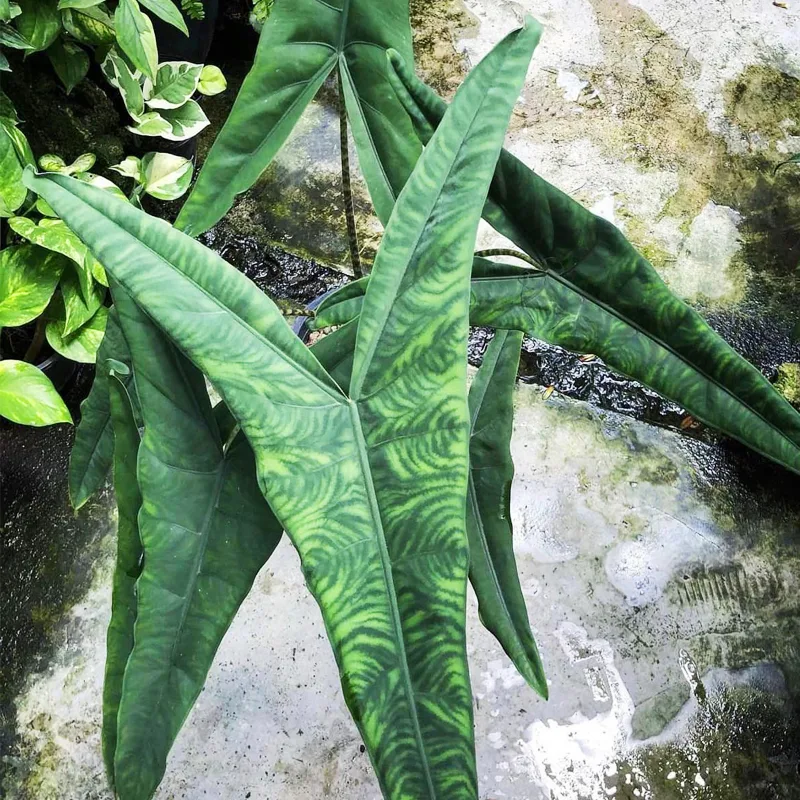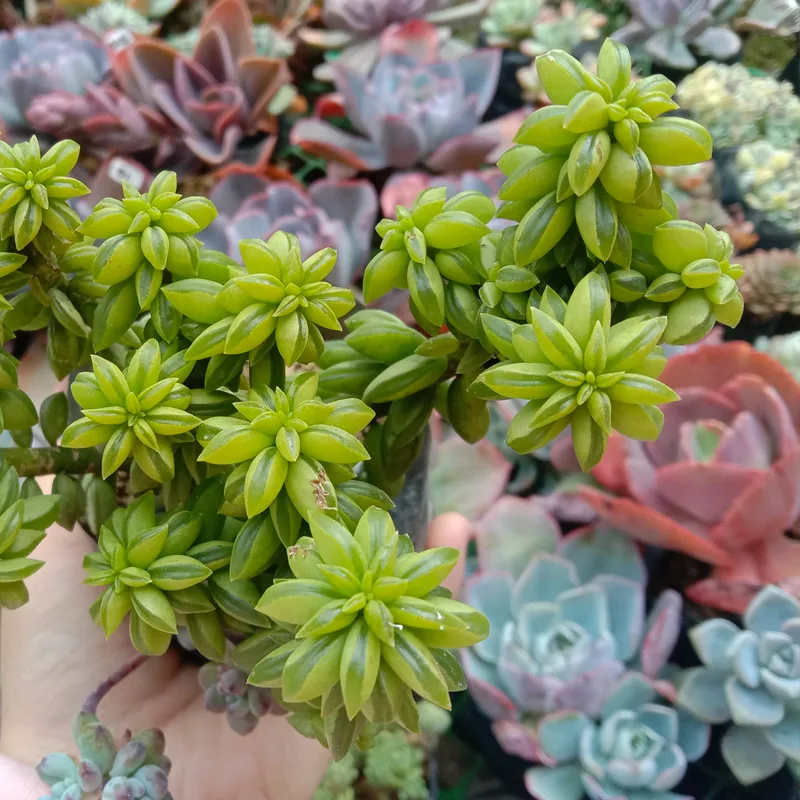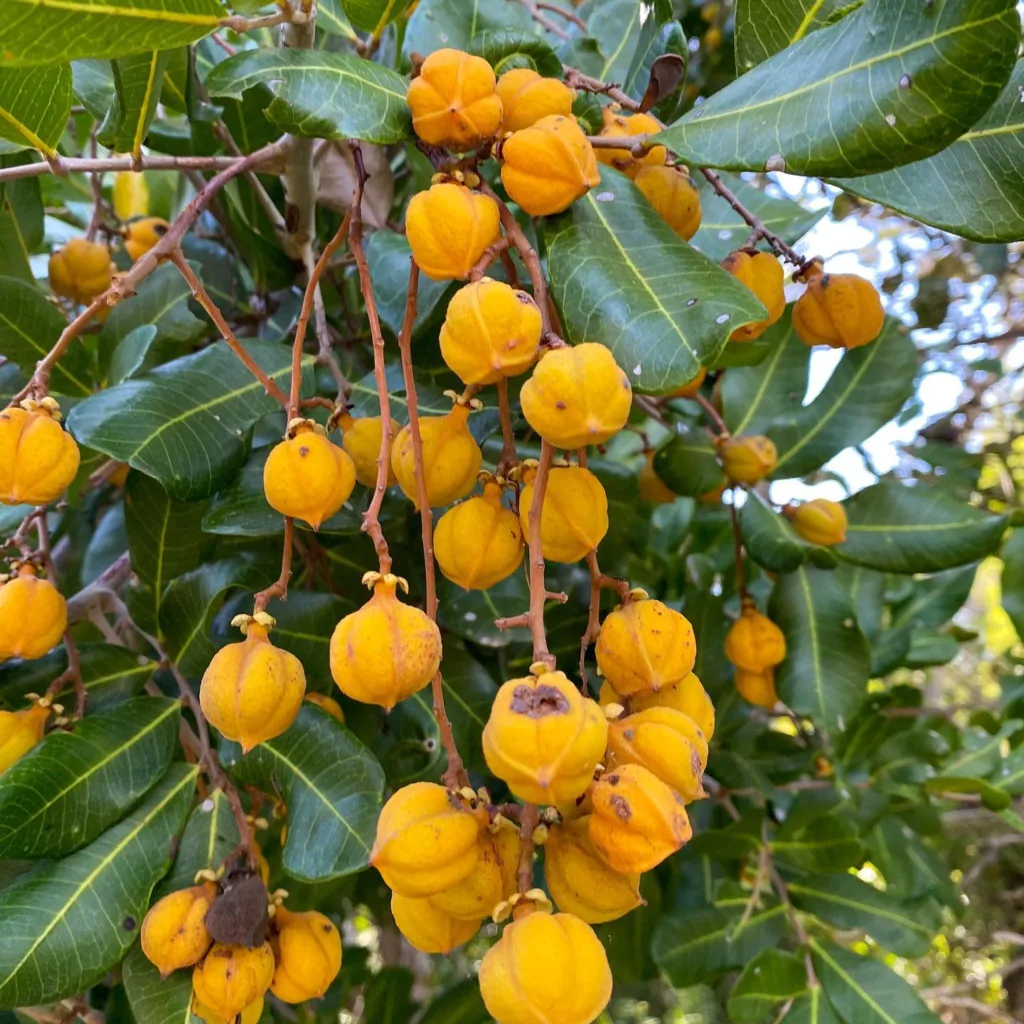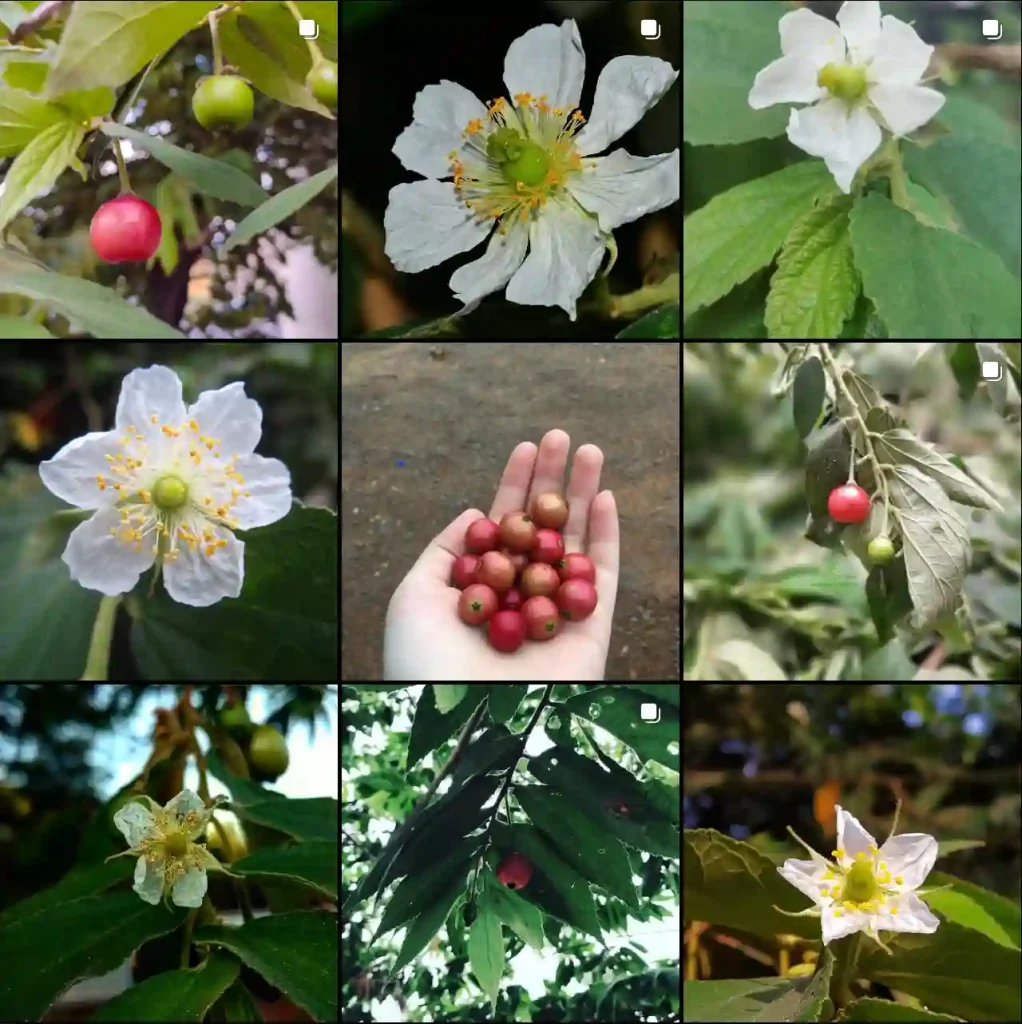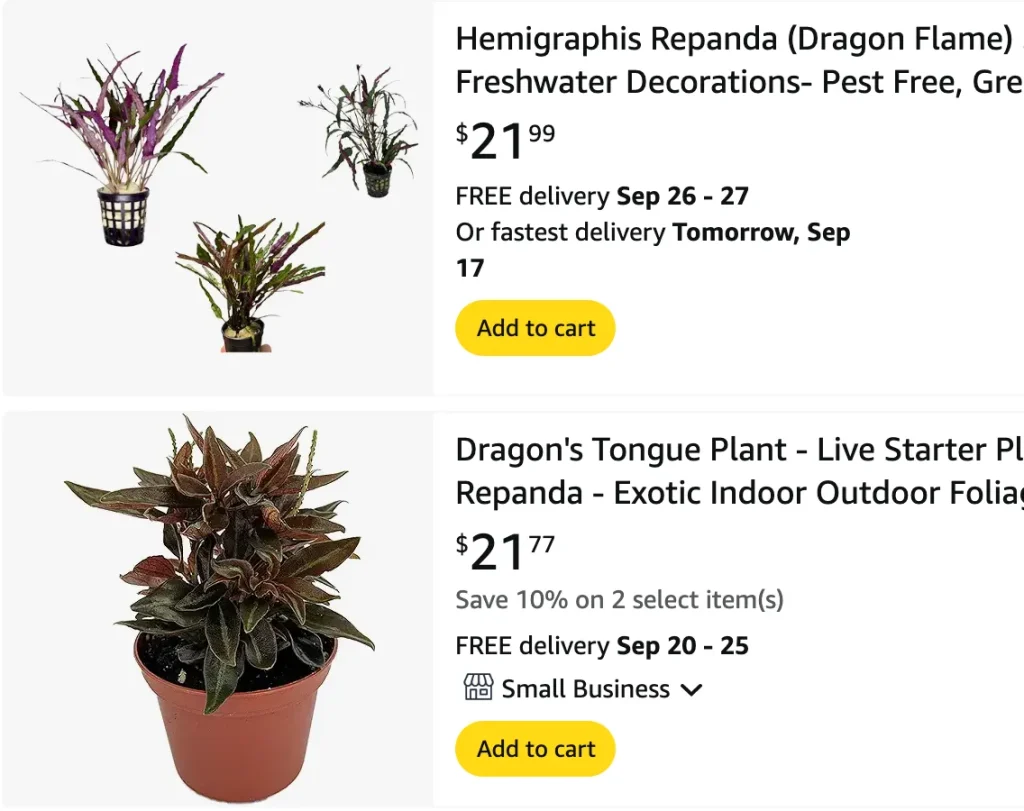
FAQs About Hemigraphis Repanda
Hemigraphis Repanda or Strobilanthes Sinuata, is a charming houseplant that has caught my eye for its unique foliage and vibrant colors. If you’re considering adding this plant to your collection, you might have some questions about its care, safety, and other aspects. Here’s a comprehensive guide based on my personal experiences and research.
463 Species in Genus Strobilanthes
What Is Hemigraphis Repanda?
Hemigraphis Repanda is a small, evergreen perennial that hails from tropical regions. It’s renowned for its striking, variegated leaves that can range from green to a rich reddish-purple. This plant is often appreciated for its ability to add a splash of color and texture to indoor spaces. Its compact size and easy care requirements make it an excellent choice for those new to houseplants or those with limited space.
Is Hemigraphis Repanda Poisonous?
One of the common concerns with houseplants is their toxicity to humans and pets. Fortunately, Hemigraphis Repanda is not considered poisonous. It’s generally safe to have around children and pets. However, while it’s not toxic, it’s always a good practice to keep plants out of reach of curious children and pets to avoid any potential digestive discomfort from ingestion.
Is Hemigraphis Repanda Safe for Pets?
Yes, Hemigraphis Repanda is safe for pets. It does not contain any known toxins that could harm cats, dogs, or other household animals. This makes it a great option for pet owners who want to add some greenery to their homes without worrying about their furry friends.
How to Care for Hemigraphis Repanda?
Caring for Hemigraphis Repanda is relatively straightforward. Here are some tips based on my experiences:
- Light: This plant thrives in bright, indirect light. It can tolerate low light conditions, but its colors may not be as vibrant. Avoid direct sunlight, as it can scorch the leaves.
- Water: Keep the soil consistently moist but not waterlogged. Water the plant when the top inch of soil feels dry. Overwatering can lead to root rot, so ensure the pot has good drainage.
- Temperature: Hemigraphis Repanda prefers warm temperatures, ideally between 65-75°F (18-24°C). It should be protected from cold drafts and sudden temperature changes.
- Humidity: This plant enjoys high humidity. If your home is dry, consider misting the leaves or using a humidity tray.
How to Propagate Hemigraphis Repanda?
Propagating Hemigraphis Repanda is a rewarding process. Here’s how I do it:
- Cutting: Take a healthy stem cutting with at least 2-3 leaves. Ensure the cutting is around 4-6 inches long.
- Preparation: Remove the lower leaves from the cutting, leaving just a few at the top.
- Rooting: Place the cutting in water or directly into moist soil. If using water, change it regularly until roots develop. If planting directly in soil, keep the soil moist and cover the pot with a plastic bag to maintain humidity.
- Transplant: Once the cutting has developed a good root system, transplant it into a small pot with well-draining soil.
What to Plant With?
Hemigraphis Repanda pairs well with a variety of other houseplants. Its low-growing, spreading nature makes it a great companion for taller plants. I often place it alongside:
- Pothos (Epipremnum aureum): Its trailing vines complement the spreading nature of Hemigraphis Repanda.
- Spider Plant (Chlorophytum comosum): The contrasting leaf shapes and colors make for an interesting display.
- Philodendron: The lush, large leaves of Philodendron create a nice contrast to the delicate foliage of Hemigraphis Repanda.
Can You Grow Hemigraphis Repanda Indoors?
Absolutely! Hemigraphis Repanda is well-suited for indoor environments. It adapts well to typical indoor conditions and can thrive in a variety of settings, from offices to living rooms. Just ensure it receives adequate light and moisture, and it will flourish indoors.
Benefits of Hemigraphis Repanda
In addition to its aesthetic appeal, Hemigraphis Repanda offers several benefits:
- Air Purification: Like many houseplants, it helps improve indoor air quality by absorbing toxins.
- Low Maintenance: Its straightforward care requirements make it an ideal choice for busy individuals.
- Aesthetic Appeal: The vibrant foliage adds a splash of color and interest to indoor spaces.
Common Problems and Solutions
Despite its hardy nature, Hemigraphis Repanda can encounter a few issues:
- Leaf Drop: Often a sign of overwatering or underwatering. Adjust watering practices and ensure proper drainage.
- Leaf Burn: Caused by direct sunlight. Move the plant to a spot with bright, indirect light.
- Pests: Watch out for common pests like spider mites or aphids. Regularly inspect the plant and treat with insecticidal soap if needed.
Compare with Other Similar Plants
Hemigraphis Repanda is often compared to other plants with similar foliage patterns, such as:
- Peperomia: While Peperomia has a more compact form and different leaf textures, both plants offer unique colors and are easy to care for.
- Fittonia (Nerve Plant): Fittonia has similarly vibrant foliage but prefers higher humidity and can be more demanding in terms of care.
In conclusion, Hemigraphis Repanda is a fantastic addition to any plant collection. Its vibrant leaves, ease of care, and pet-safe nature make it a top choice for indoor gardening. With the right conditions and a bit of attention, this plant will thrive and bring a touch of color to your home.
If i die, water my plants!
